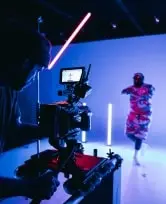Space
Alien life, black holes, NASA: Our space articles will satisfy your curiosity about the universe we live in and the mysteries that lie beyond it.

Film & TV
All the latest news on the biggest TV shows and films as well as the latest movie trailers, reviews and features from UNILAD

Celebrity
Discover the latest celebrity news about all your favourite stars. Never miss out on any showbiz gossip, celebrity photos, must-see videos and much more

Music
We've got the latest music news, videos and releases from the biggest artists and bands from around the world

Politics
The latest US and World Politics news, along with up-to-date coverage of breaking political events



























